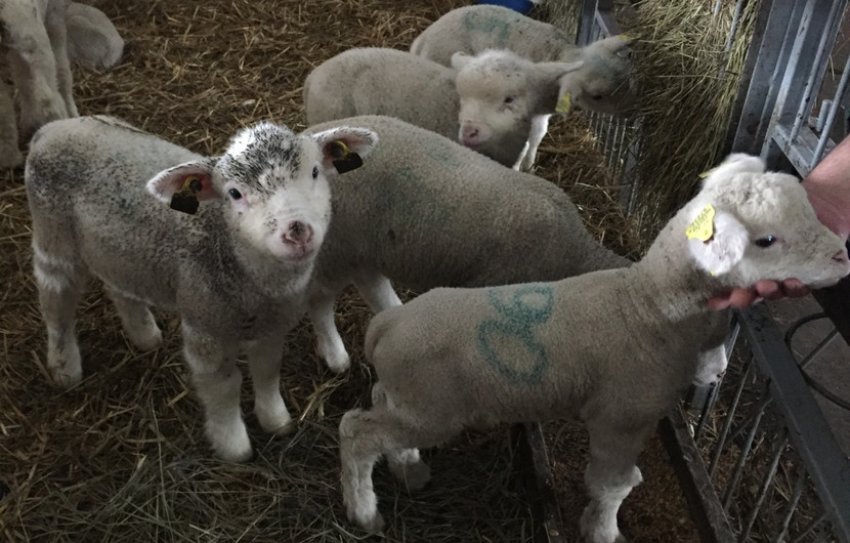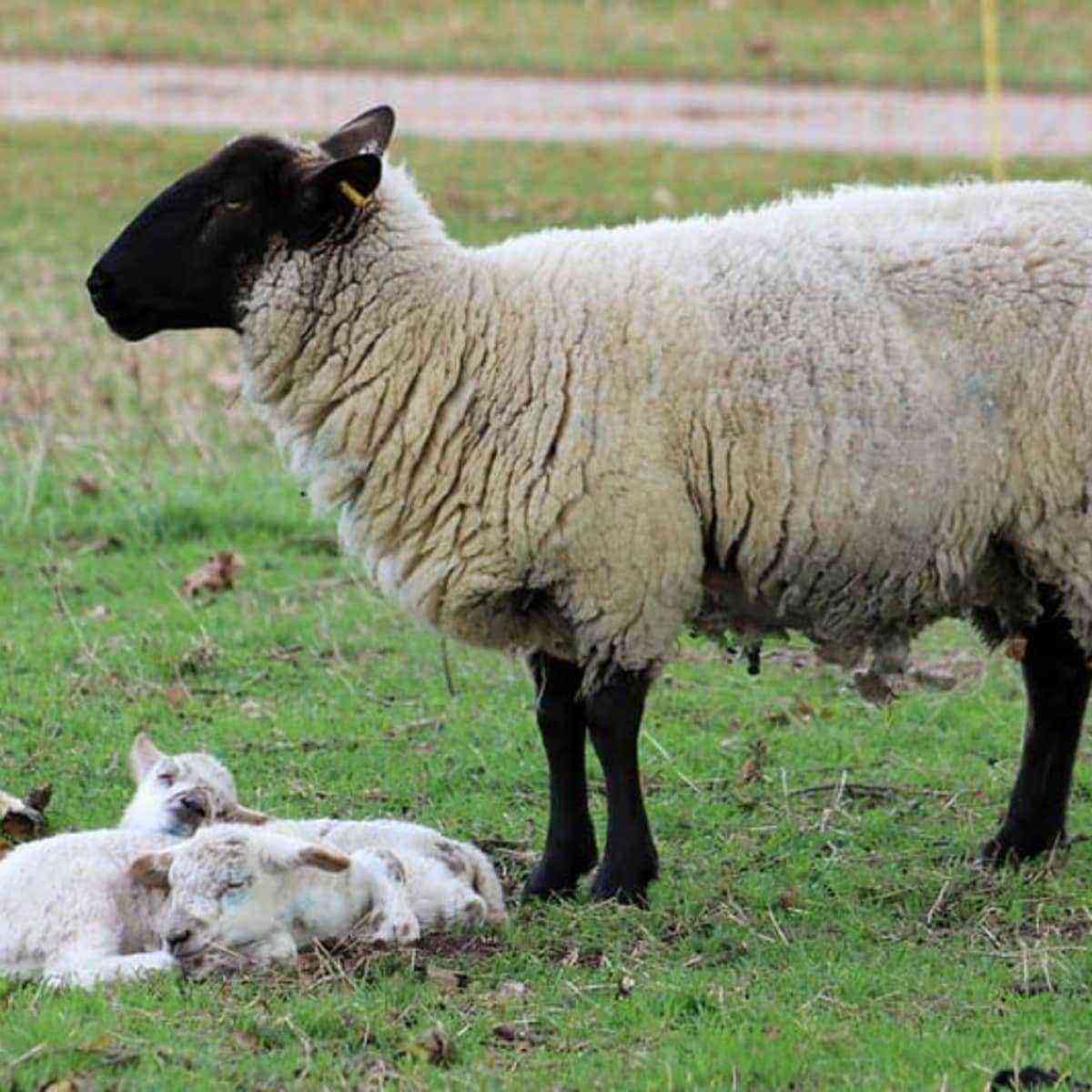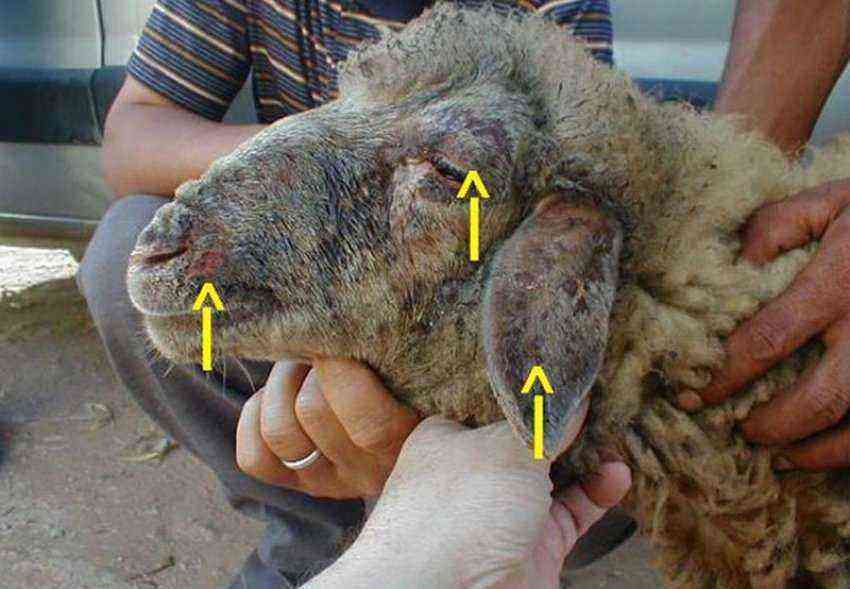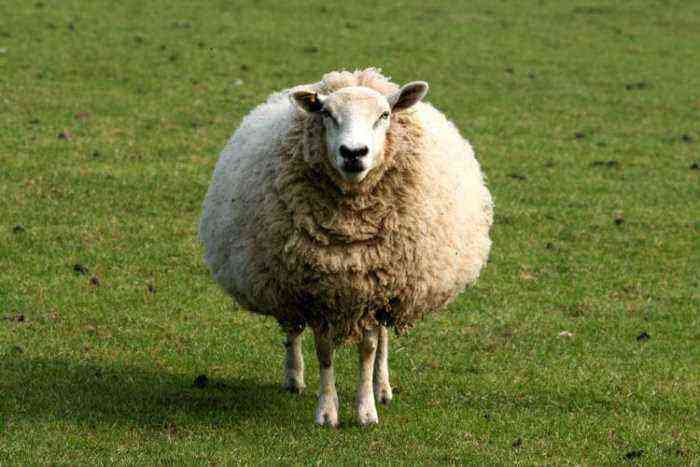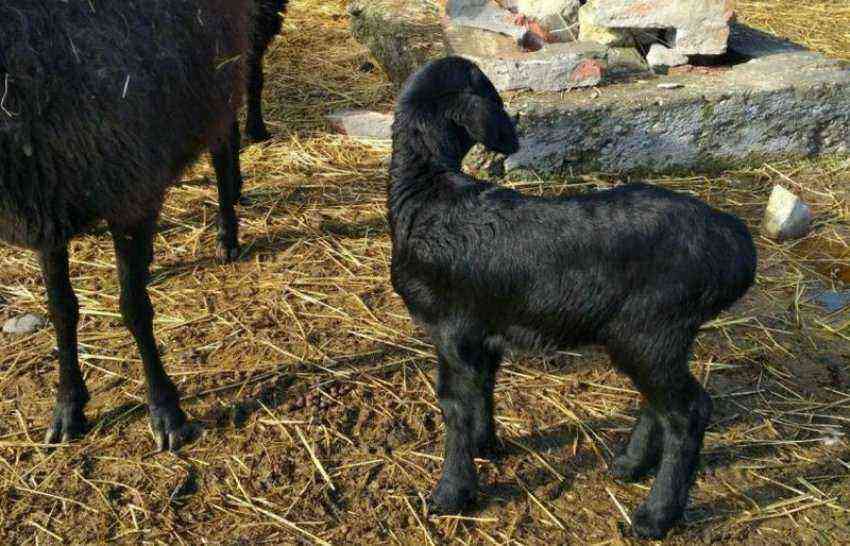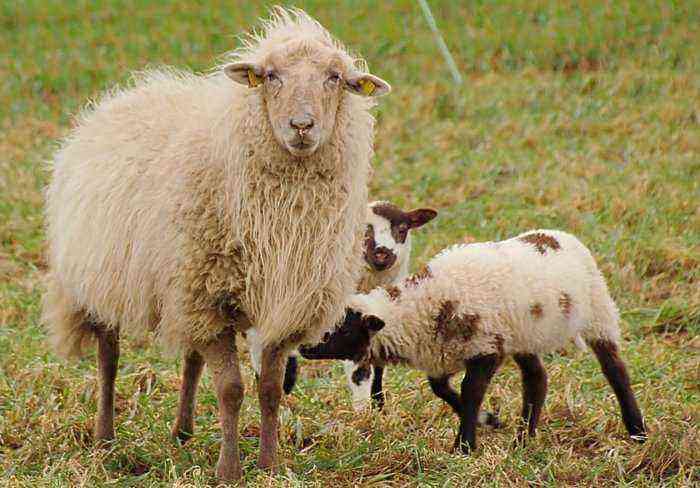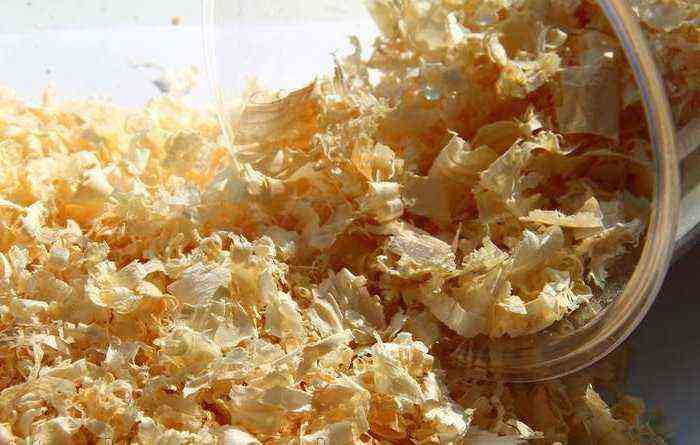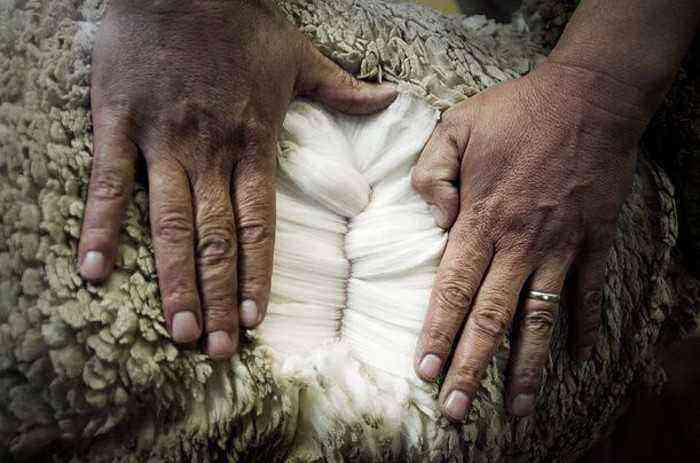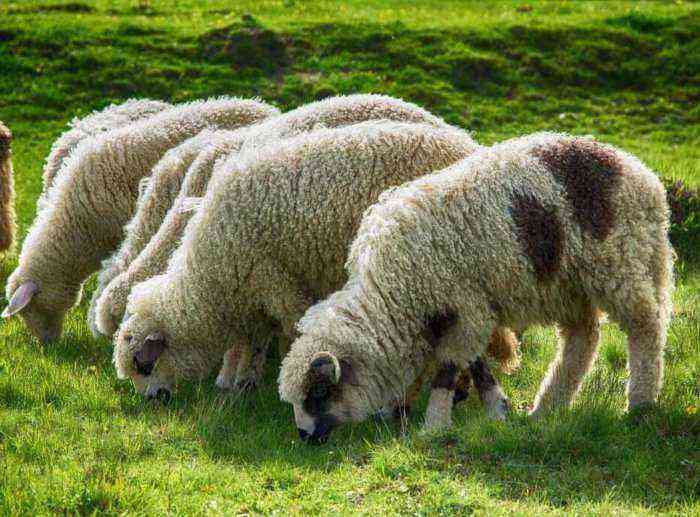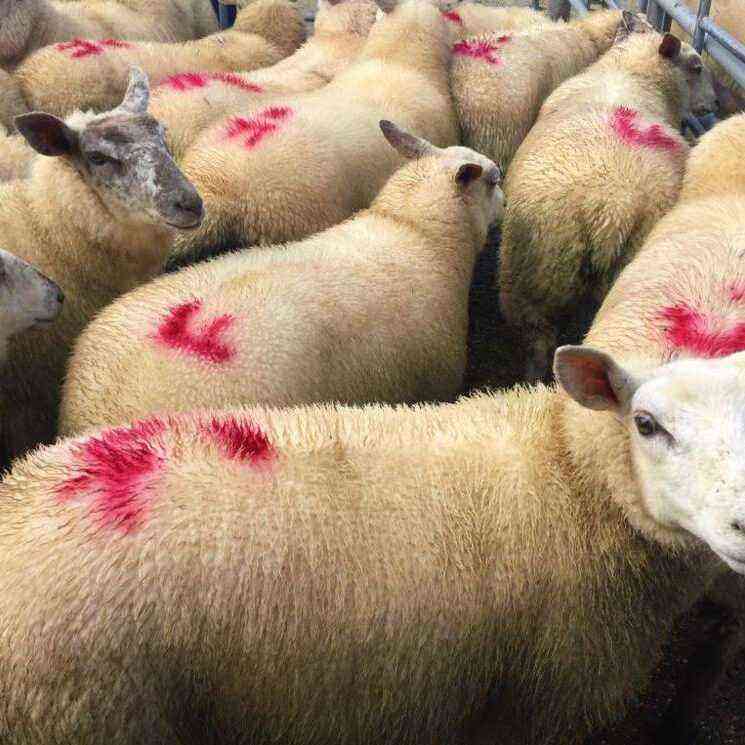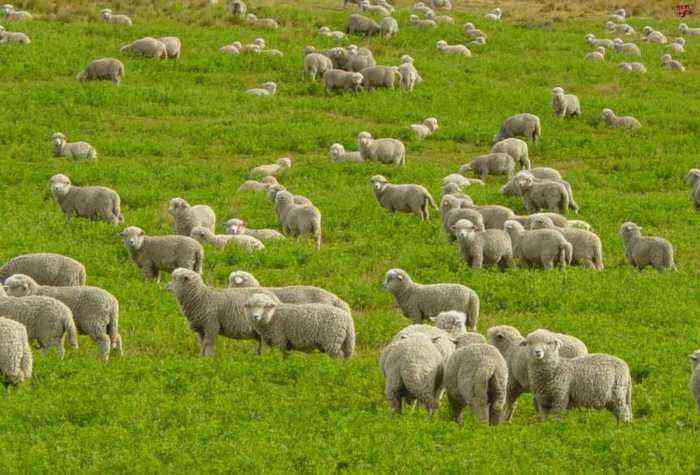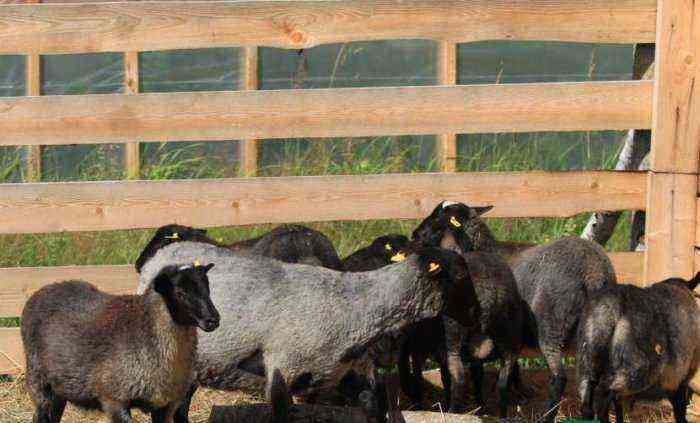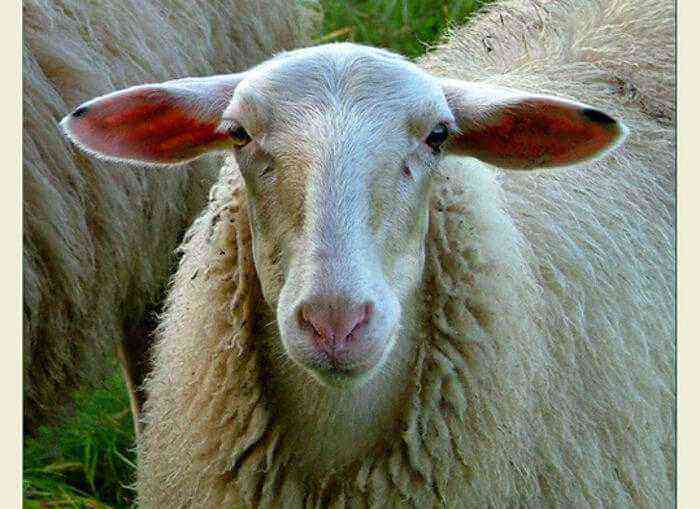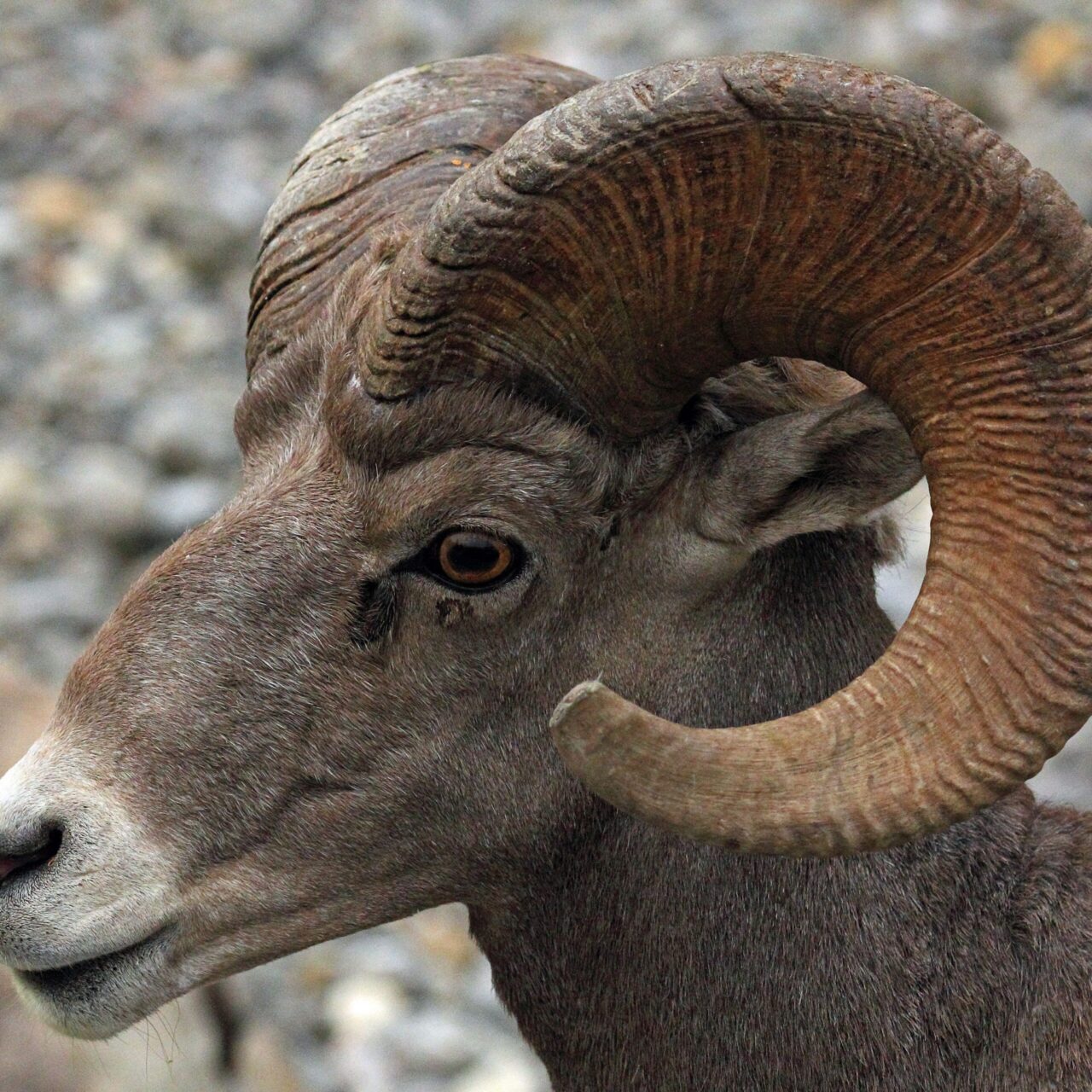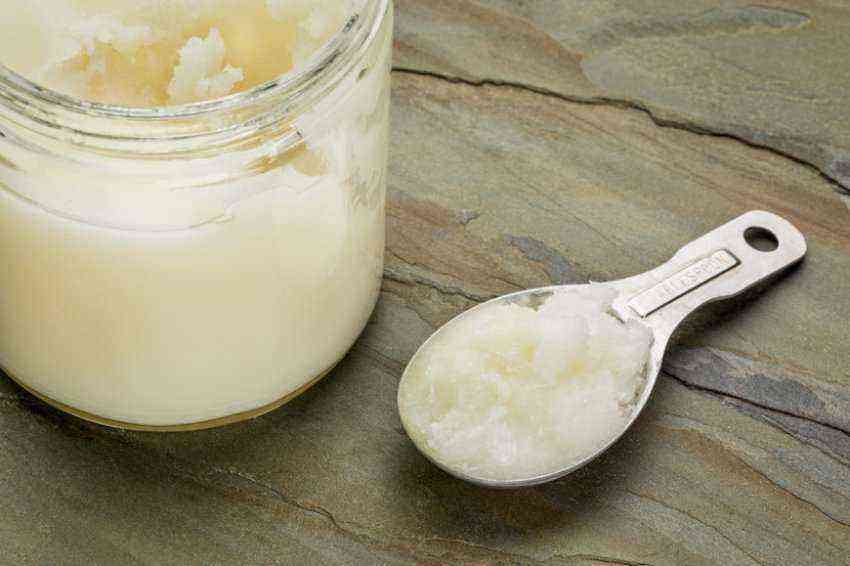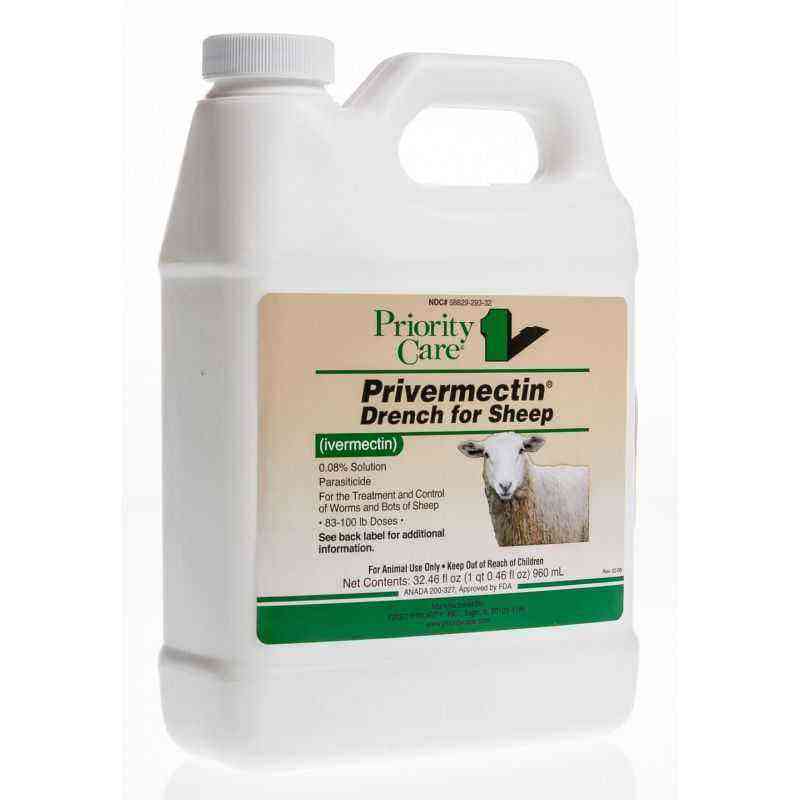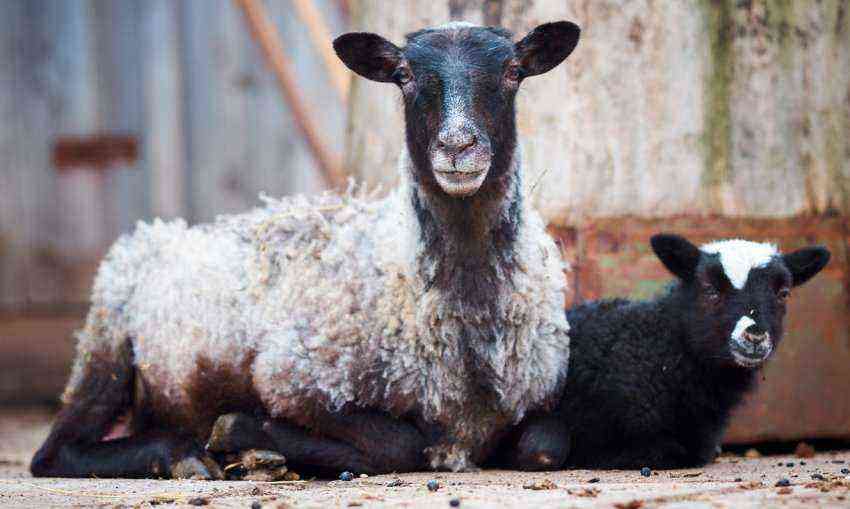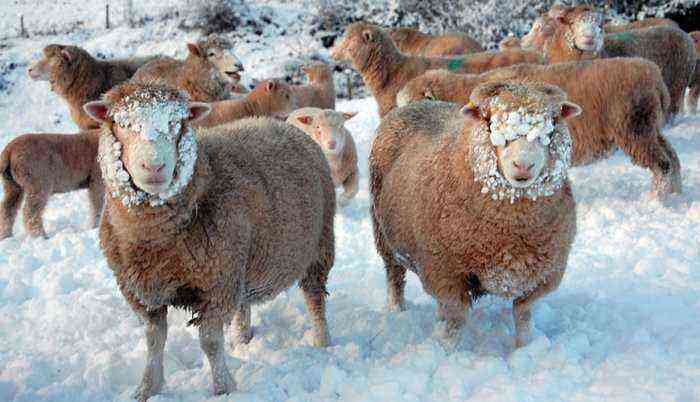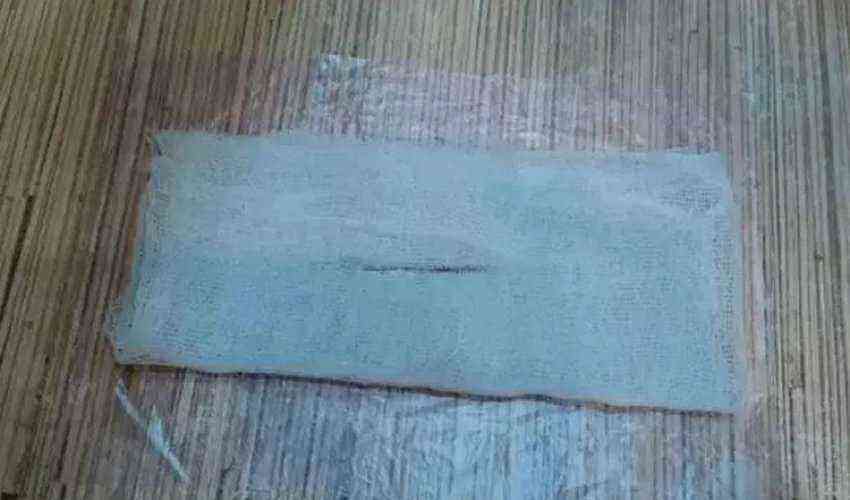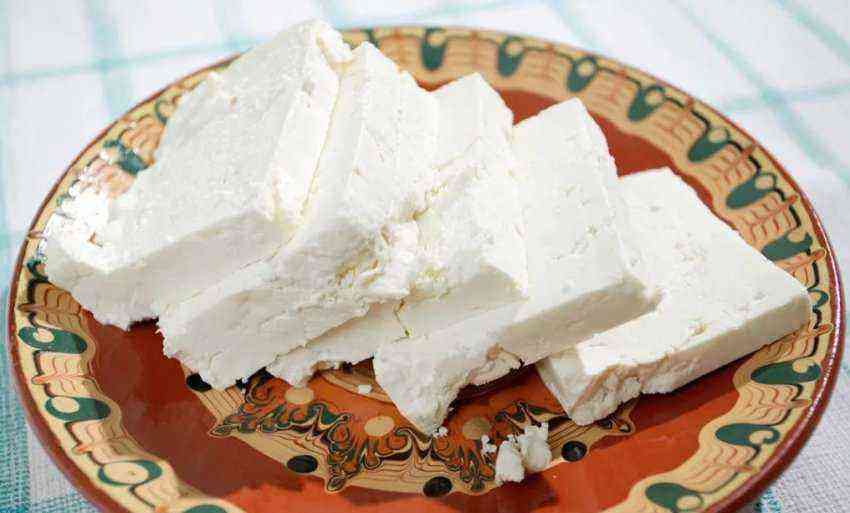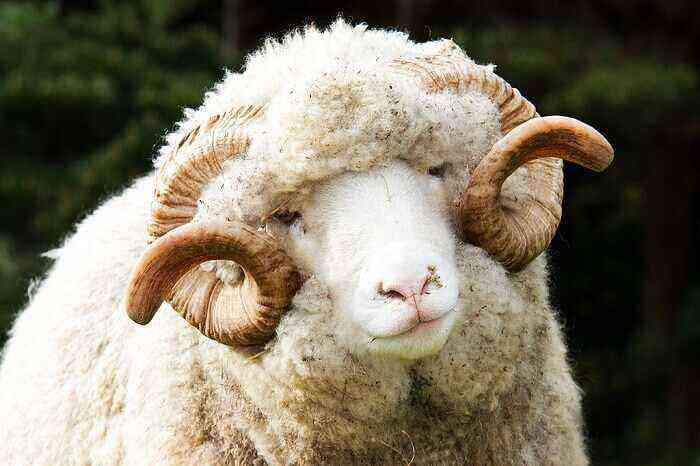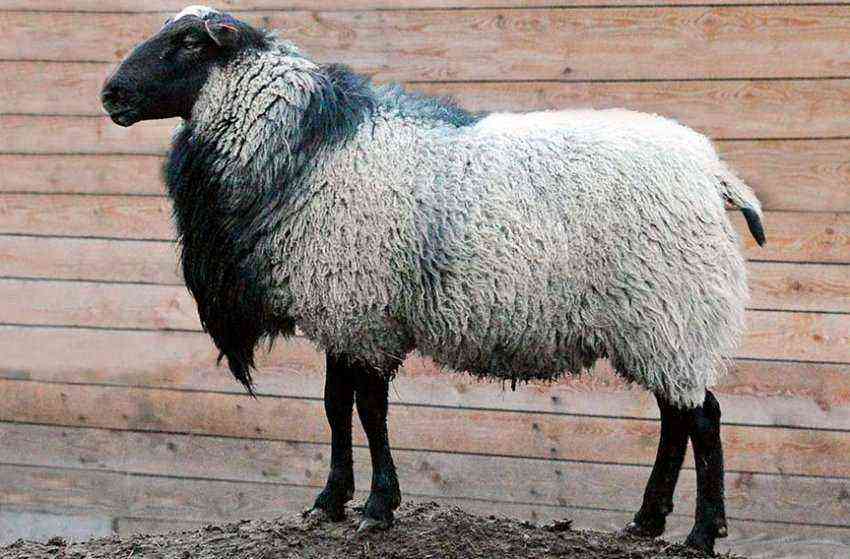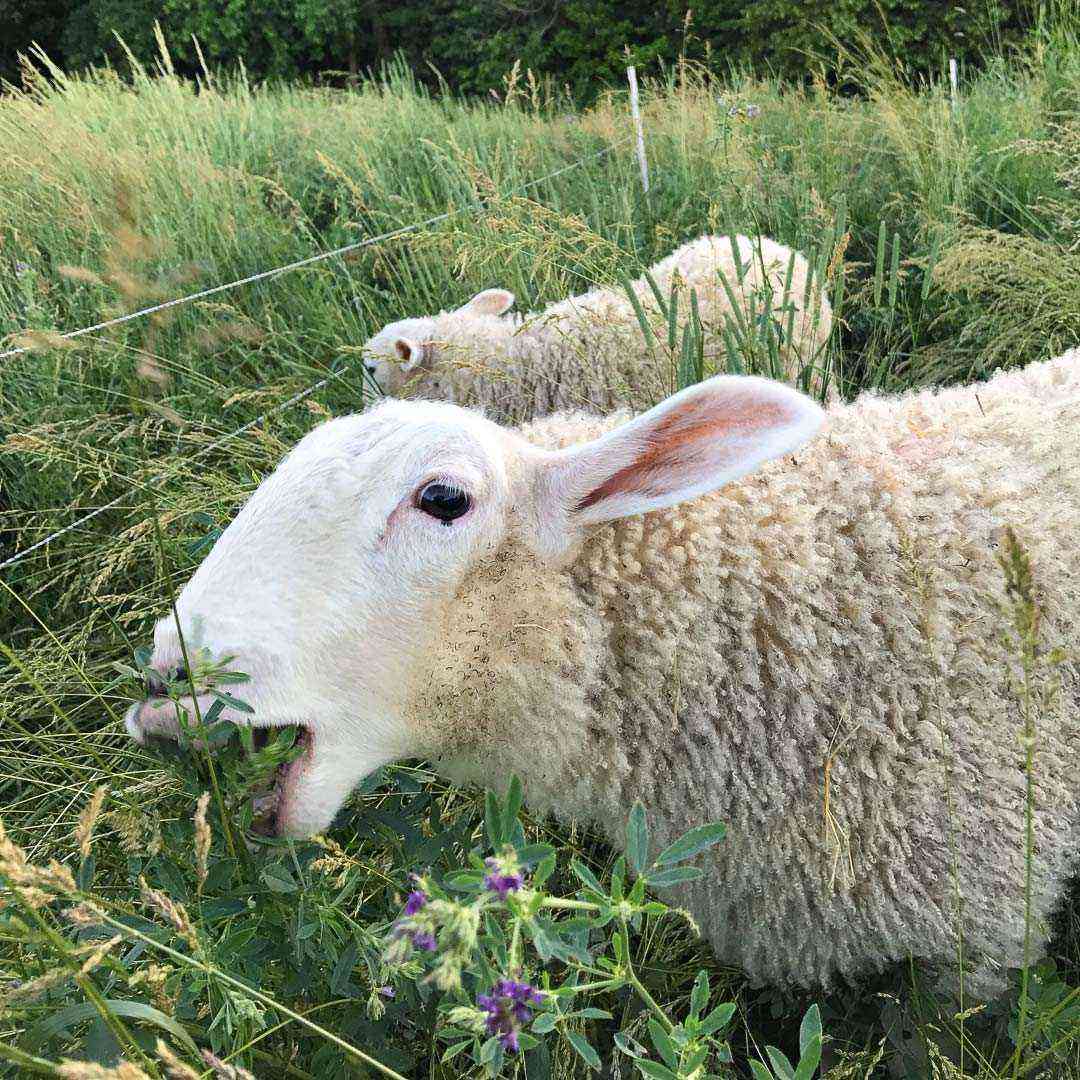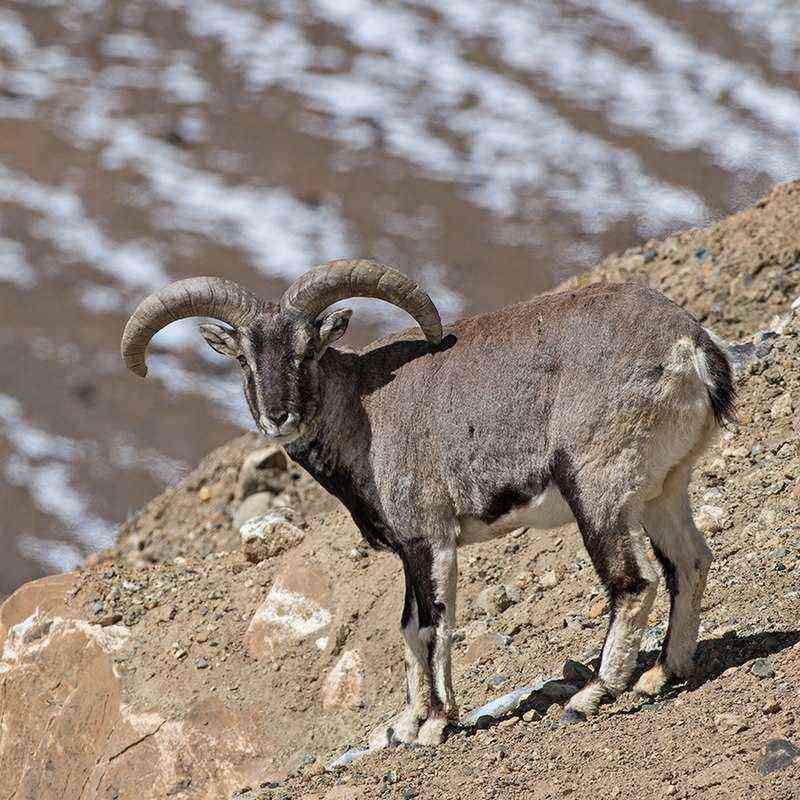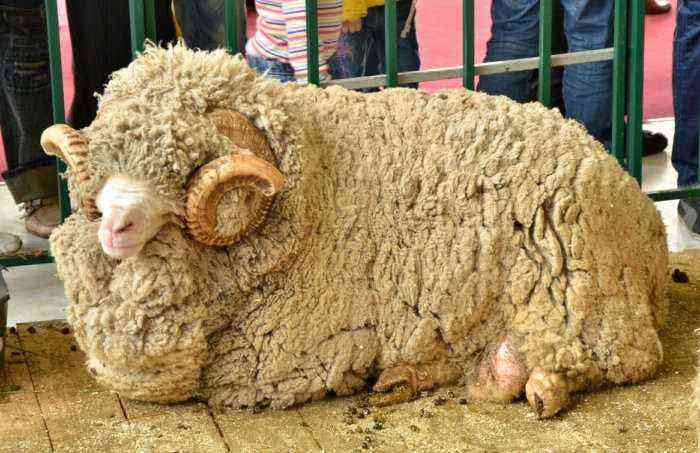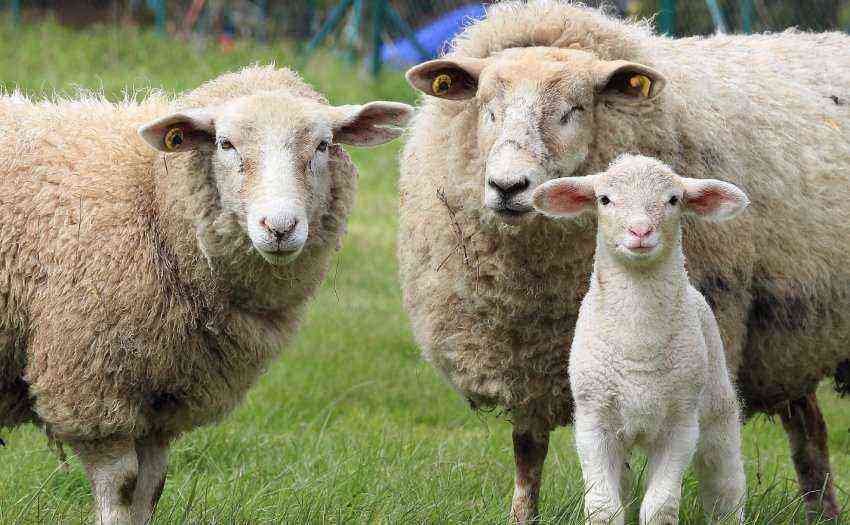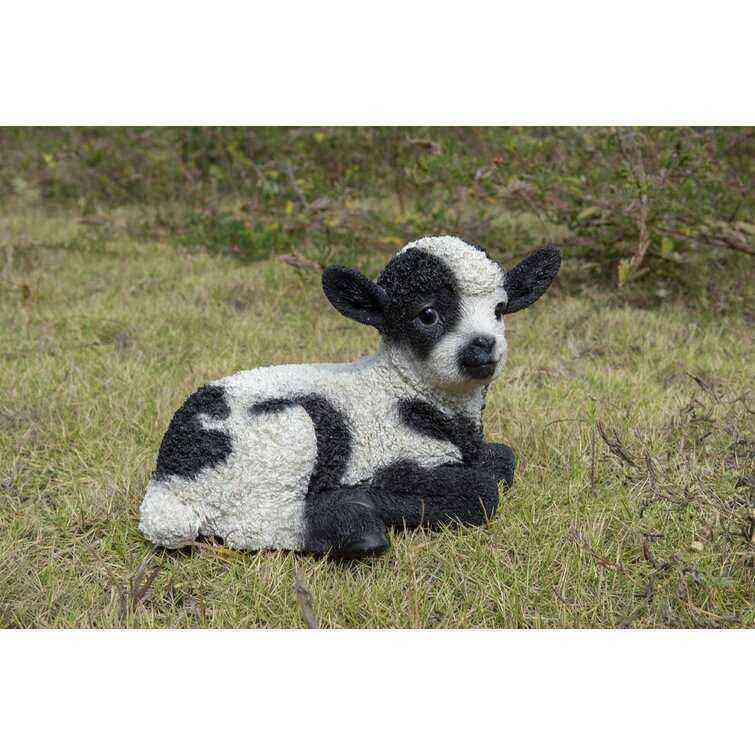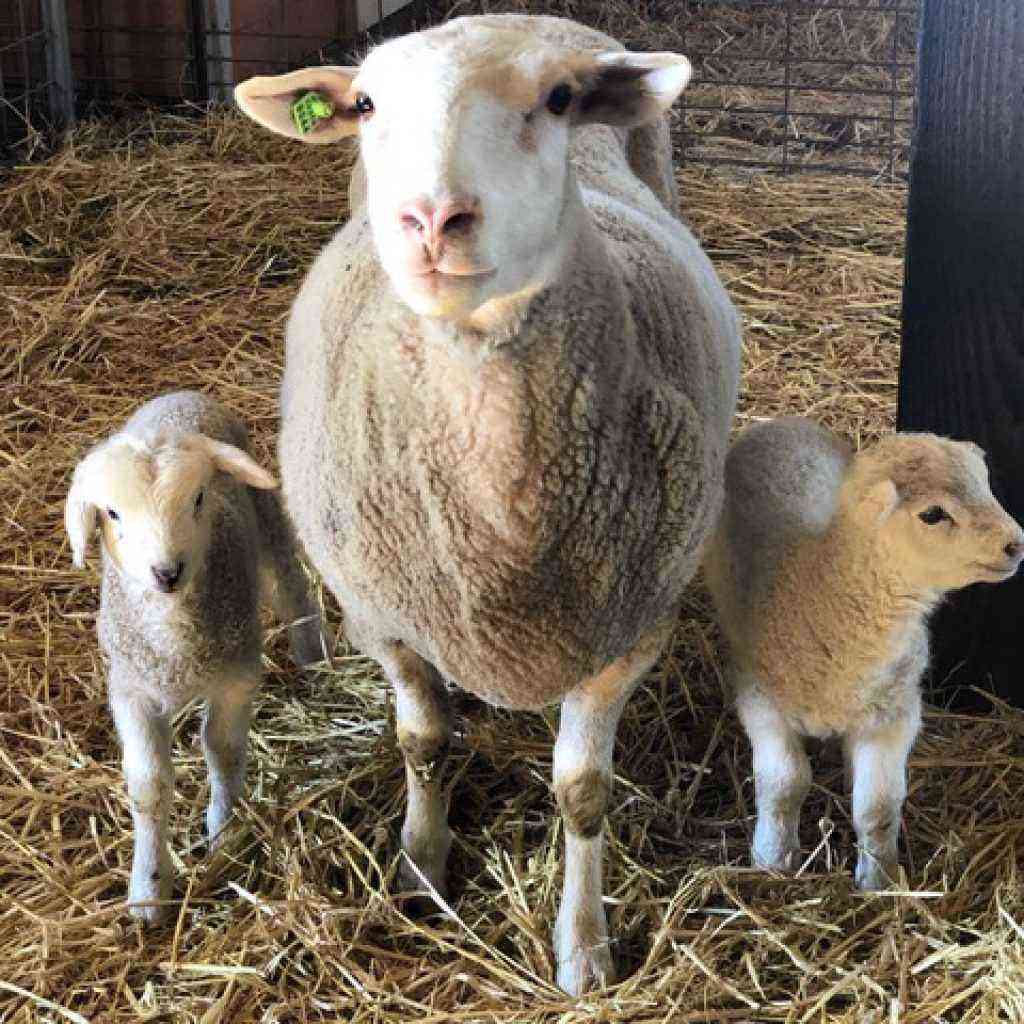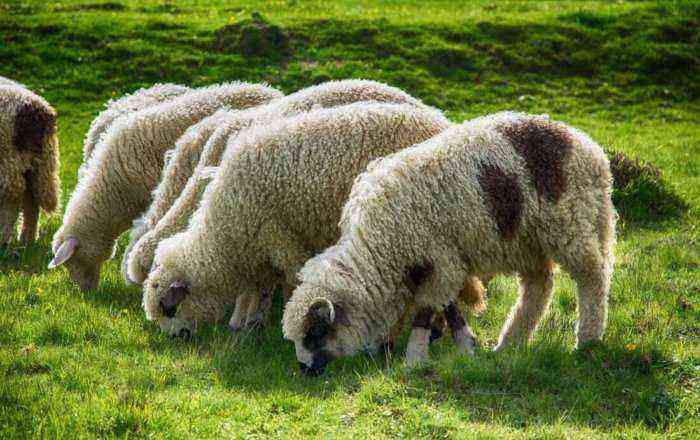One of the most profitable modern livestock industries is sheep breeding. Anyone who decides to start such a business will receive a good and stable source of income. But any business requires investments of labor and money. In addition, you need to decide on the breed of sheep that you want to breed. If the purpose of your business is to obtain meat, then one of the most suitable breeds of sheep for this business is Ile de France. Read more about the features of the breed below.
Ile de France sheep breed
Representatives of this breed belong to the number of fast-growing meat-and-wool sheep that are world leaders in terms of productive indicators and have the best genetic qualities obtained from queens and rams selected for breeding.
History of the origin of the breed
The date of birth of this type of sheep is 1824. A variety appeared thanks to the so-called crisis in the field of sheep breeding. The fact is that the original purpose of breeding sheep is to obtain wool and trade it. But at the beginning of the XNUMXth century, wool depreciated, and the stage of animal breeding began in order to get more meat. The “father” of the breed is considered to be Professor Angust Ivart of the Maison-Alfort National Veterinary College.
Did you know? Long-livers among sheep are considered bighorn sheep, which can live up to 22–24 years of age.
Initially, breeders crossed the English breed Dishley rams (ancestors of the New Leicesters) with Rambouillet ewes. The resulting lambs had the best qualities of both varieties. Then another selection stage was carried out, in which the Maushamp breed was involved. The bred variety got its name from the region where it was created and began to spread.
Breeders “published” the Ile de France in 1875, when an agricultural exhibition was held in Paris. In 1882, the breeding variety was included in a specially created Stud Book.
Main characteristics
The Ile de France breed belongs to the long-skinned, that is, sheep with a skinny tail, the length of which reaches the hock joint, approximately below 20-22 vertebrae. Representatives of this species are easily recognizable by their appearance. However, beginner sheep breeders should still carefully familiarize themselves with their features.
We offer you to get acquainted with another representative of the meat-wool breed of sheep – the Tsigai sheep.
Appearance, weight, size
The key common feature of rams and ewes is that they do not grow horns. Also, the general characteristics of the breed should include the following:
- well developed muscular neck;
- medium-sized muzzle, with blue eyes and pink lips and nostrils;
- horizontal ears, with an average size;
- deep chest and protruding ribs;
- elongated horizontally, straight and wide back and pelvis;
- wide tail;
- long, full, wide and large back leg;
- the correct shape of the legs with organically hard bones;
- white shiny coat 26–36 microns thick, which covers the entire body, except for the head (the head is covered to the line of the eyebrows), and the limbs (covered to the ankle);
- meat-colored skin;
- waxy yellowness of the hoof;
- the presence of pigment spots on the skin of the ears and mucous membranes.
Important! Lambs raised for slaughter need to be fattened indoors so that all of their energy is channeled into weight gain. Queens and rams for breeding are released to pasture in a herd.
Both rams and ewes with lambs are fast-growing. They are of impressive size, and the lambs of the breed are classified as precocious. So, the average weight of rams ranges from 100–110 kg, ewes weigh a little less – an average of 65–70 kg.
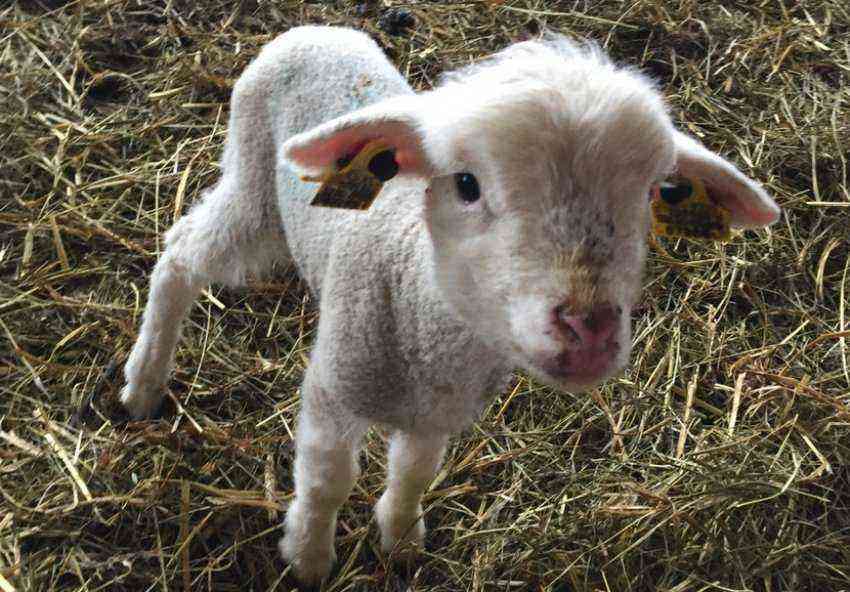
Productivity of the breed: meat and wool
It is impossible to talk about the description of Ile de France without mentioning the productive qualities of the variety. The breed belongs to a highly productive meat-wool, well-muscled type. So, the weight gain of lambs and fattening queens is 290–320 g, rams – 330–350.
Already at 1 year they are gaining their average weight indicated above. Meat productivity is about 60% of the total live weight. The meat of sheep of this breed is considered to be of high quality: it is dietary, low-fat, contains little cholesterol.
Important! Ile de France sheep selected for fattening are rapidly gaining weight, but their advantage is that they have little fat and build muscle well.
About 4 kg of wool can be obtained from one ewe, however, it is quite coarse, and about 2 kg of selected high-quality wool is obtained (more on this below). You can cut 4–6 kg of wool from a ram and get, respectively, 2–3 kg of a quality product, which is too little for such a large animal.
Video: Ile de France sheep
Advantages and disadvantages of the breed
- The main advantages of the breed:
- good fertility: 100% of lambs can be obtained from 130% of ewes;
- excellent productivity: obtaining high-quality meat;
- from breeding sheep and rams, the sheep breeder also receives wool, which is also a source of profit;
- ease of maintenance and care: animals are unpretentious, meek and friendly;
- rapid increase in live weight during fattening: lambs gain weight in a short time;
- good genetic pedigree;
- quick readiness is bright for mating.
- Despite the fact that French breeders are rather scrupulous in their approach to breeding issues, the breed still has its drawbacks:
- Ile de France sheep wool contains a large amount of lanolin, a substance that reduces the output of pure fiber to 35-45%. To a large extent, this is provoked by the quality of food: sheep are grazed on pastures with abundant feed, as a result of which the production of lanolin by animals has increased, and their wool has lost its lightness and softness. Thickness 23-27 microns for sheep wool – quite coarse
- Ile de France sheep constantly chew something, which leads to an increase in their weight. As a consequence, they became very lazy and inactive. And excess weight, in turn, led to a decrease in reproductive functions: sheep show less interest in the opposite sex, mate less often and bring significantly fewer offspring. Therefore, the total number of representatives of the breed has declined sharply, which is explained by a decrease in the birth rate.
Features of care and breeding
Breeding and care of the Ile de France should take place in cooperation with livestock specialists and veterinarians who will tell you how to quickly and efficiently breed your own flock of this type of sheep.
In general, care for the breed consists in proper feeding and shearing, since these animals are not too demanding on the conditions. So, you need to keep them in well-ventilated rooms, where ewes and rams of reproductive age will spend only night in spring, summer and autumn, and during the day they will spend time in the pasture.
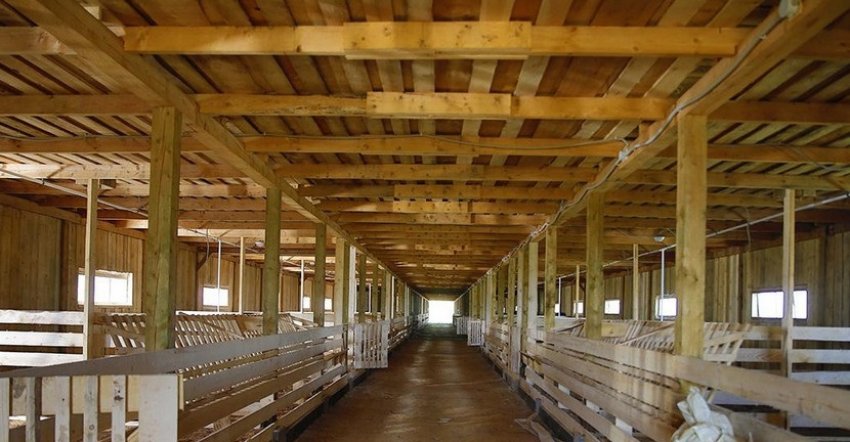
In winter, animals need to be protected from low temperatures, because, despite their impressive coat, they are afraid of frost. It is especially necessary to monitor the conditions of keeping ewes during the lambing period.
What you should pay special attention to is the preparation of a diet, since the income of a sheep breeder directly depends on this: a properly selected balanced diet directly affects the high productivity of sheep.
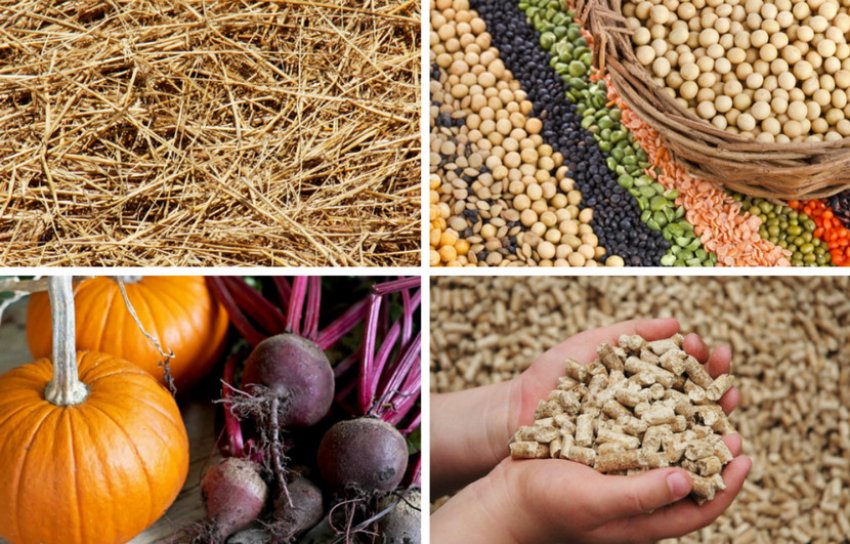
The diet should include hay and straw of cereals and leguminous crops, concentrated feed (compound feed mixtures, beet pulp, bran, granulated feed), juicy component (beets, carrots, pumpkin, apples), mineral salts, water. At the same time, sheep should receive concentrated types of feed for lunch, and juicy and cereals for breakfast and dinner. For 1 meal, an adult sheep should receive from 2 to 5 kg of food (depending on its age).
It is imperative to include a vitamin component in the diet in the form of premixes (for example, DKB). Sunflower and flax meal, salt, coniferous branches can be used as vitamin and mineral supplements.
Newborn lambs must be released for walks with the ewe three weeks after lambing.
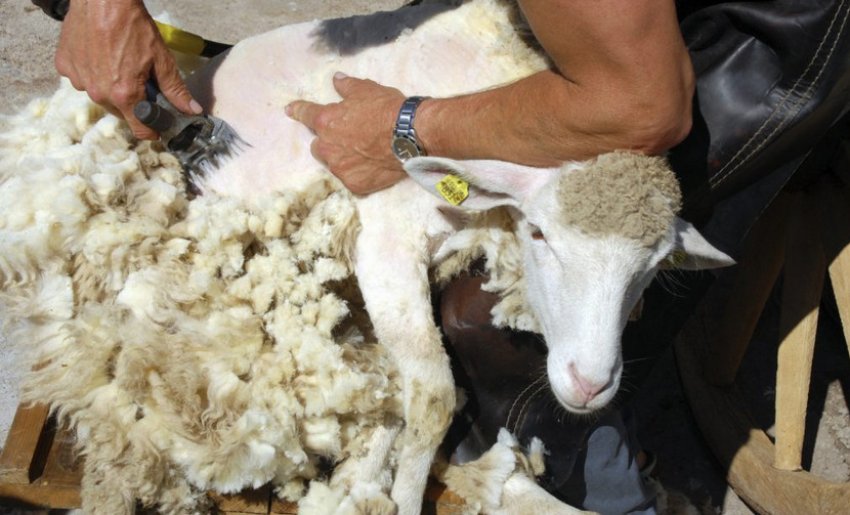
To protect the livestock from sheep diseases, lambs should be vaccinated at a very early age. The obligatory items of care for these animals include trimming the hooves.
Reproduction
For breeding Ile de France, healthy rams and ewes are selected, in which the best qualities of the breed have manifested themselves. Ewes are ready for mating at the age of 7–8 or 10–12 months. The main requirement is that their weight must be at least 45 kg.
From the period when selective crossing was carried out, in order to obtain a species, and until recently, the fertility of the Ile de France has increased. So, in 1968, the fertility rate was 130%, in 1991 – 168%, and by the end of the 171th century, the autumn rate had risen to 198%, and the spring rate to 2%. That is, as a result of almost every lambing, the sheep breeder received XNUMX lambs. Due to the high milk yield, the ewe is able to feed a couple of lambs without any problems.
Now there is a tendency for a sharp decrease in fertility to the previous 130%, which is due to a decrease in sexual desire between rams and sheep: they concentrate to a large extent on getting food. Due to the decline in livestock, the breed should begin to be revived.
Did you know? Sheep have rectangular pupils.
Breeding area
Initially, the dominant breeding country of the Ile de France was the birthplace of the breed – France. Now the territory of their distribution has expanded significantly. So, starting from 1970, the breed began to be bred in England, Germany, Portugal, and soon these sheep spread to more than 30 countries of the world. Such popularity is due to the ease of breeding and high productivity of the breed. In recent years, Ile de France has successfully taken root on farms in Ukraine and Russia.
As you can see, to make a profit from sheep breeding, you do not need to study theory for years in order to become a professional in this business. The main thing is to choose the right breed, currently meat. Among the meat representatives of the sheep family, the Ile de France sheep are qualitatively different, the care of which and their breeding is not difficult.
